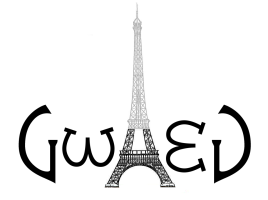Orateur
Dr
dafne guetta
(Osservatorio Astronomico di Roma)
Description
Merging binary systems consisting of two collapsed objects are among the most promising sources of high frequency gravitational wave, GW, signals for ground based interferometers. Double neutron star or black hole/neutron star mergers are also believed to give rise to short hard bursts, SHBs, a subclass of gamma ray bursts. SHBs might thus provide a powerful way to infer the merger rate of two-collapsed object binaries. Under the hypothesis that most SHBs originate from double neutron star or black hole/neutron star mergers, in this talk I outline here a method to estimate the incidence of merging events from dynamically formed binaries in globular clusters and infer the corresponding GW event rate that can be detected with Advanced LIGO/Virgo. In particular a sizeable fraction of detectable GW events is expected to be coincident with SHBs. The beaming and redshift distribution of SHBs are reassessed and their luminosity function constrained by using the results from recent SHBs observations. We confirm that a substantial fraction of SHBs goes off at low redshifts, where the merging of systems formed in globular clusters through dynamical interactions is expected.
Auteur
Dr
dafne guetta
(Osservatorio Astronomico di Roma)

